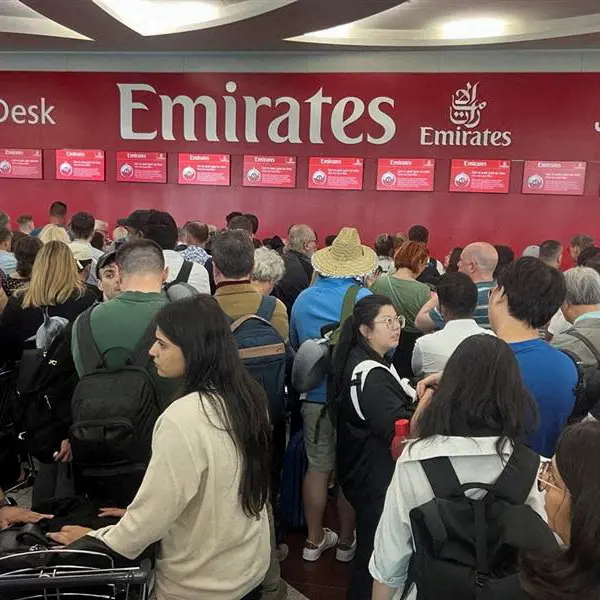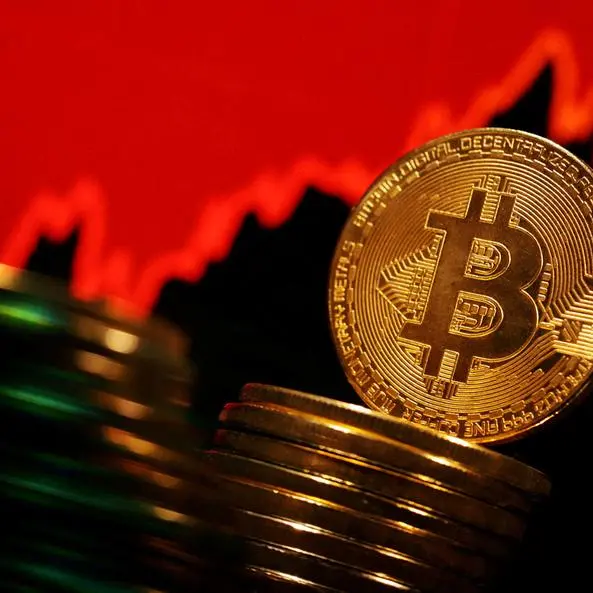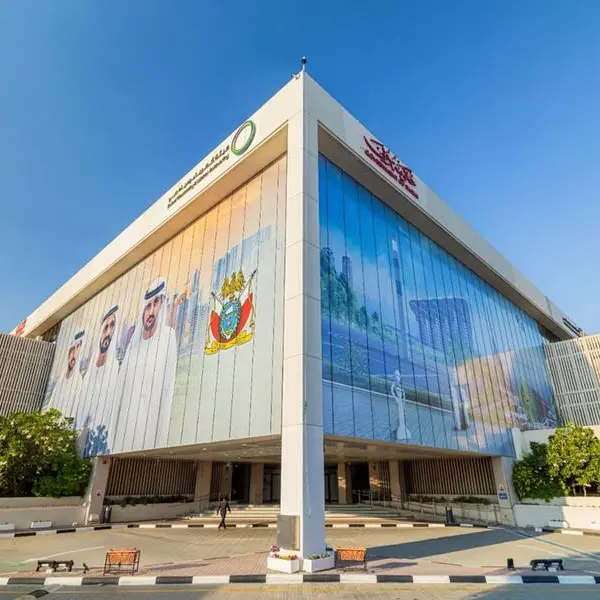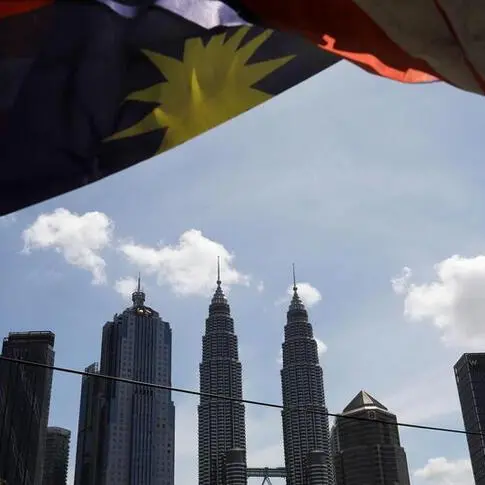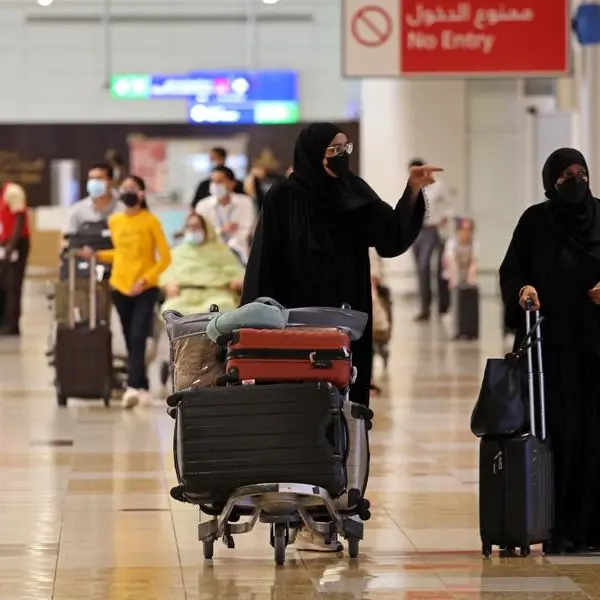PHOTO
Global Islamic finance assets are forecast to reach $4.83 trillion in 2025, a rise of 119% from a decade earlier, according to Refinitiv. Growth in sustainable finance has been even more spectacular. As of 2021, $35.3 trillion in assets was being professionally managed globally, an increase of 54% from $22.9 trillion in 2016, according to Global Sustainable Investment Alliance (GSIA) figures, with assets having risen 15% over 2020-21 alone. GSIA reported in July 2021 that professionally managed assets using a broad gauge of what is meant by sustainable investment accounted for 36% of total assets under management.
Even where the Covid-19 pandemic that emerged in early 2020 has had a damaging impact on many areas of the global economy, the concerns it raised only served to catalyse an already expanding market. Indeed, the United Nations and Islamic Development launched an initiative in May specifically tailored towards increasing the use of Islamic finance to tackle the challenges posed by the pandemic, address poverty and support sustainable development. Sustainable companies and products raised a record $357.5 billion in finance in the first three quarters of 2020, a 96% increase on the same period of 2019.
Because Islamic financial products are asset-backed, ethical, share risk equitably, and are subject to strong governance, Islamic finance has an inherent alignment with the UN’s Sustainable Development Goals, which are at the heart of the global drive towards responsible finance structures following the financial crisis of 2008.
Shariah-sensitive investors are increasingly looking to the environmental, social and governance (ESG) impacts of Islamic investment, as too are regulators. The Securities Commission Malaysia introduced a Sustainable and Responsible Investment Sukuk Framework in 2014 followed by the issuance of the first social impact sukuk by its sovereign wealth fund, Khazanah Nasional. In 2017, Malaysia’s central bank, Bank Negara, issued its Value-based Intermediation strategy paper aimed at focusing Islamic finance in the country more closely on its ESG aspects.
Issuance of ESG sukuk reached a record $4.6 billion in 2020, while Shariah-compliant funds amounted to $542 million by the end of that year. Growth continued into 2021, with ESG sukuk issuance amounting to more than $2.5 billion in the first quarter; over half the total amount for all of 2020. By the end of the first half, global ESG sukuk issuance amounted to just over $4 billion.
Climate action is a particular area where Islamic finance can correlate more closely with achievement of the SDGs. Indonesia issued the world’s first sovereign green bond in 2018, and more Muslim-majority countries are looking to tap into the booming green sukuk market. As green Islamic finance instruments become more common, Organization of Islamic Cooperation (OIC) countries export SDG-aligned investment products across global markets.
There are a number of areas that regulators and Islamic financial institutions can look to in order to strengthen the sustainable Islamic finance ecosystem. One such area is to align with global standards for impact measurement and reporting. Another is for Islamic finance leaders to develop a range of Shariah-compliant impact investment tools and financial instruments for large investors.
It would also be beneficial to the progress of sustainable Islamic finance to improve impact enterprises’ access to Islamic funding. In April 2018, Islamic Development Bank launched a $500 million Transform Fund to provide seed money for start-ups and SMEs, and many more such schemes will be needed to put Islamic finance’s full weight behind supporting the SDGs.
Besides climate change, another important SDG is the alleviation and eventual eradication of poverty. Islamic financial institutions with an eye to sustainability could look to scaling ‘smart microfinance’, by providing new products that can empower poor communities in SDG-aligned projects while strengthening their technical and managerial capacities, addressing climate risks, accessing markets and building partnerships. Tools will also need to be developed to define and measure progress in initiatives to achieve the SDGs, not least because this can help to attract impact investment funds.
But ultimately, if the power of Islamic finance is to be brought fully to bear on building a more equitable, sustainable world, then the strengths and advantages of Islamic finance will need to be communicated more widely. This would be assisted by the development of innovative Islamic finance products and services tailored to specific SDG needs such as action on climate and the environment.
© Special Contributions 2021

